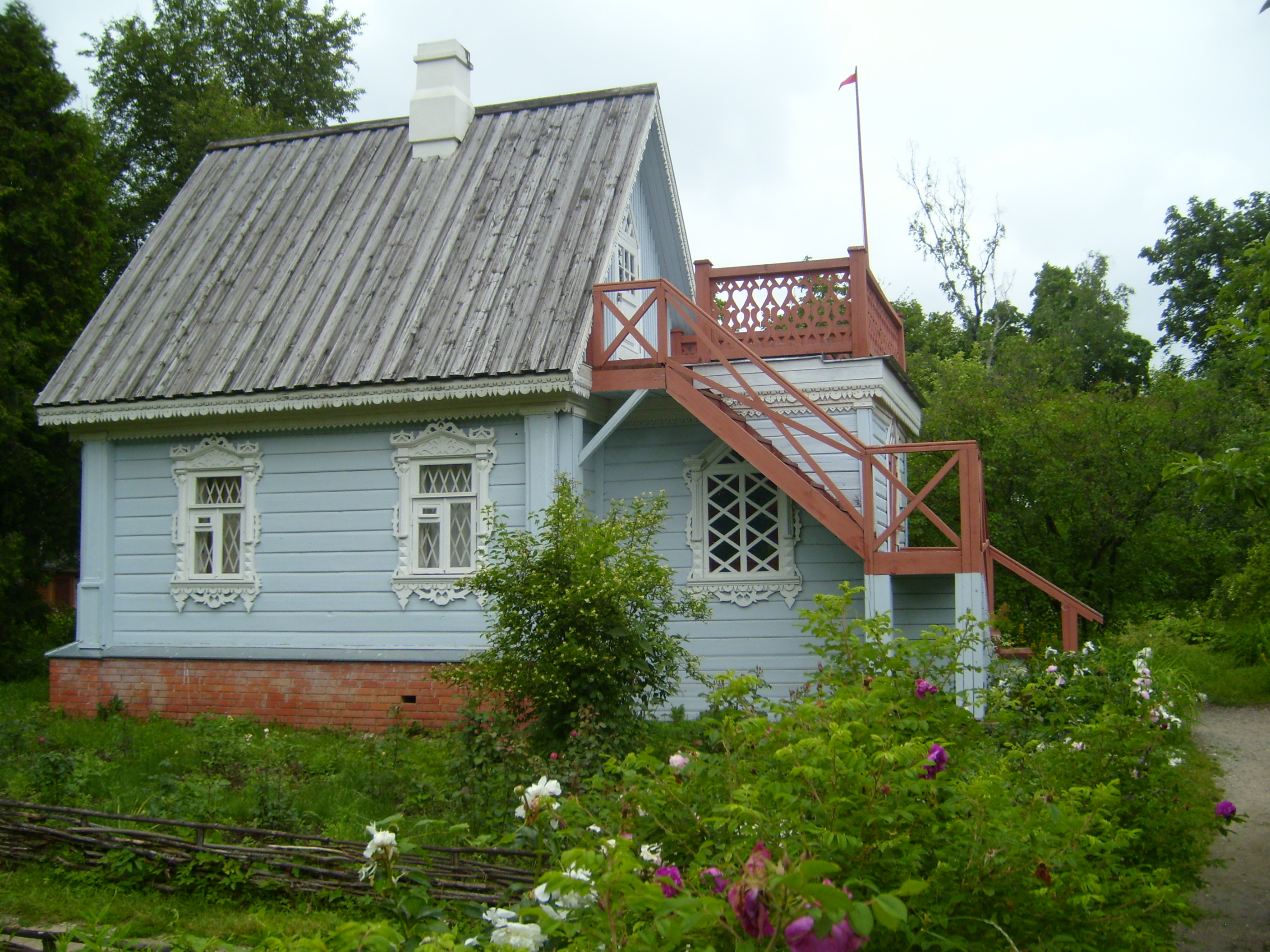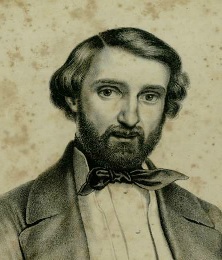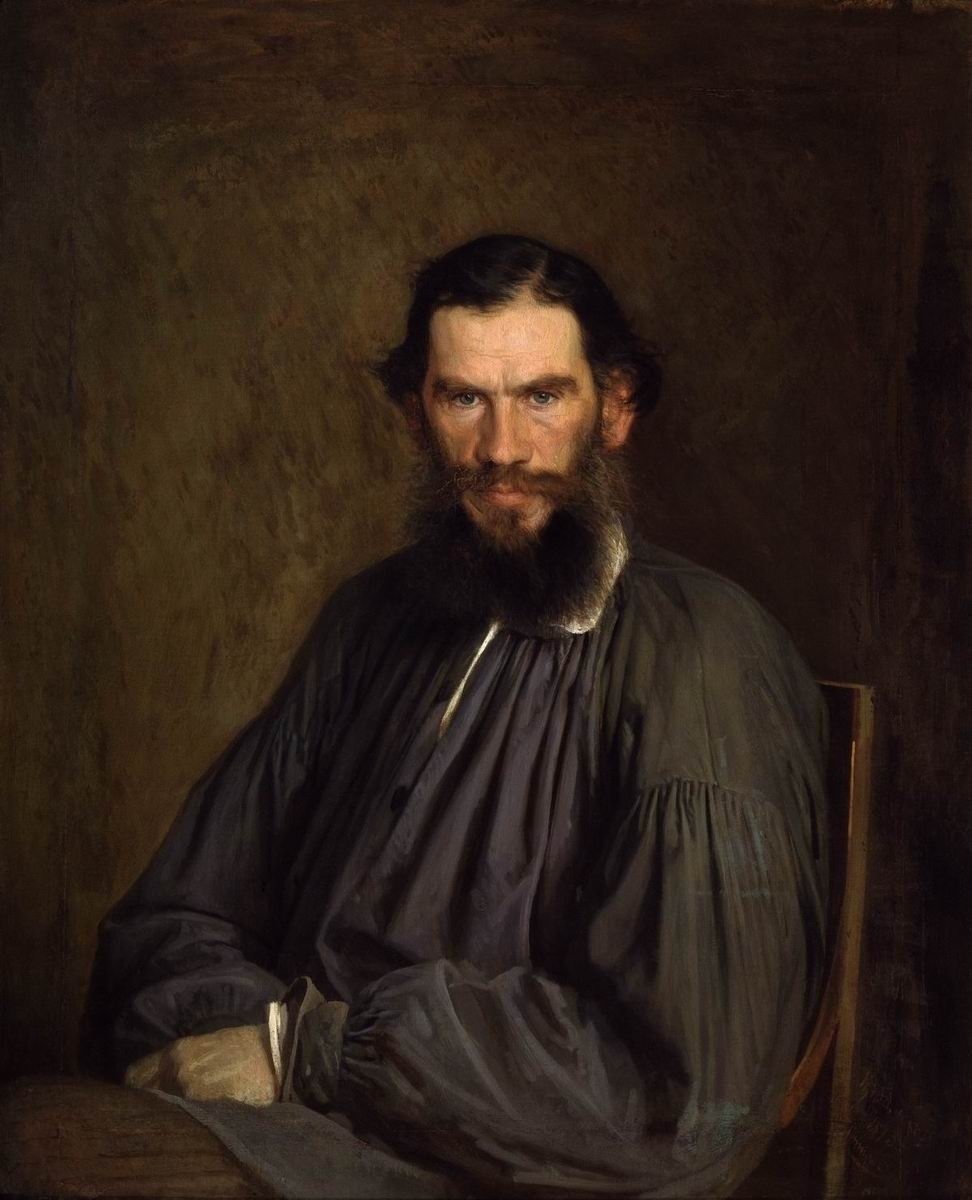|
Milja Salovaara
Milja Salovaara (born 1972, Helsinki) is a Finnish costume designer and scenographer/set designer. She has worked in Norway, Sweden and Finland. In 2010, Salovaara received the Heddaprice for the best visual design for her scenography in '' En folkefiende'' (''An Enemy of the People'') at the Trøndelag Theater. The jury statement was as follows: "Staging visual design can either be minimalist, grotesquely lavish or realistic illusion-creating. Everything is allowed, as long scene image both expands and completes the totality of the production. This exactly characterizes this year's laureate is here created an open, seemingly utterly simple yet complex scene image with sober elegance actors gave an extra dimension to play against and with, without ever taking the focus from the text. This scene picture was an independent artistic expression from the beginning created curiosity got new rooms and venues to occur, change and disappear, and supported and enhanced story." Works * ... [...More Info...] [...Related Items...] OR: [Wikipedia] [Google] [Baidu] |
Helsinki
Helsinki ( or ; ; sv, Helsingfors, ) is the Capital city, capital, primate city, primate, and List of cities and towns in Finland, most populous city of Finland. Located on the shore of the Gulf of Finland, it is the seat of the region of Uusimaa in southern Finland, and has a population of . The Helsinki urban area, city's urban area has a population of , making it by far the List of urban areas in Finland by population, most populous urban area in Finland as well as the country's most important center for politics, education, finance, culture, and research; while Tampere in the Pirkanmaa region, located to the north from Helsinki, is the second largest urban area in Finland. Helsinki is located north of Tallinn, Estonia, east of Stockholm, Sweden, and west of Saint Petersburg, Russia. It has History of Helsinki, close historical ties with these three cities. Together with the cities of Espoo, Vantaa, and Kauniainen (and surrounding commuter towns, including the eastern ... [...More Info...] [...Related Items...] OR: [Wikipedia] [Google] [Baidu] |
Actors
An actor or actress is a person who portrays a character in a performance. The actor performs "in the flesh" in the traditional medium of the theatre or in modern media such as film, radio, and television. The analogous Greek term is (), literally "one who answers".''Hypokrites'' (related to our word for hypocrite) also means, less often, "to answer" the tragic chorus. See Weimann (1978, 2); see also Csapo and Slater, who offer translations of classical source material using the term ''hypocrisis'' ( acting) (1994, 257, 265–267). The actor's interpretation of a rolethe art of actingpertains to the role played, whether based on a real person or fictional character. This can also be considered an "actor's role," which was called this due to scrolls being used in the theaters. Interpretation occurs even when the actor is "playing themselves", as in some forms of experimental performance art. Formerly, in ancient Greece and the medieval world, and in England at the time o ... [...More Info...] [...Related Items...] OR: [Wikipedia] [Google] [Baidu] |
Liv Ullmann
Liv Johanne Ullmann (born 16 December 1938) is a Norwegian actress and film director. Recognised as one of the greatest European actresses of all time, Ullmann is known as the muse and frequent partner of filmmaker Ingmar Bergman. She acted in many of his films, including '' Persona'' (1966), '' Cries and Whispers'' (1972), '' Scenes from a Marriage'' (1973), '' The Passion of Anna'' (1969), and '' Autumn Sonata'' (1978). Ullmann won a Golden Globe Award for Best Actress – Motion Picture Drama in 1972 for the film '' The Emigrants'' (1971) and has been nominated for another four. In 2000, she was nominated for the Palme d'Or for her second directorial feature film, '' Faithless''. She has received two BAFTA Award nominations, and two nominations for the Academy Award for Best Actress, for '' The Emigrants'' (1971) and Ingmar Bergman's '' Face to Face'' (1976). On March 25, 2022, Ullmann was presented with an Honorary Academy Award in recognition of her "bravery and emotion ... [...More Info...] [...Related Items...] OR: [Wikipedia] [Google] [Baidu] |
Uncle Vanya
''Uncle Vanya'' ( rus, Дя́дя Ва́ня, r=Dyádya Ványa, p=ˈdʲædʲə ˈvanʲə) is a play by the Russian playwright Anton Chekhov. It was first published in 1898, and was first produced in 1899 by the Moscow Art Theatre under the direction of Konstantin Stanislavski. The play portrays the visit of an elderly professor and his glamorous, much younger second wife, Yelena, to the rural estate that supports their urban lifestyle. Two friends—Vanya, brother of the professor's late first wife, who has long managed the estate, and Astrov, the local doctor—both fall under Yelena's spell, while bemoaning the '' ennui'' of their provincial existence. Sonya, the professor's daughter by his first wife, who has worked with Vanya to keep the estate going, suffers from her unrequited feelings for Astrov. Matters are brought to a crisis when the professor announces his intention to sell the estate, Vanya and Sonya's home, with a view to investing the proceeds to achieve a higher i ... [...More Info...] [...Related Items...] OR: [Wikipedia] [Google] [Baidu] |
Det Norske Teatret
Det Norske Teatret ( en, Norwegian Theater)Moe, Jens. 2011. ''My America: The Culture of Giving''. Bloomington, IN: iUniverse, p. 133. is a theatre in Oslo. The theatre was founded in 1912, after an initiative from Hulda Garborg and Edvard Drabløs. It opened in 1913, touring with two plays, ''Ervingen'' by Ivar Aasen and ''Rationelt Fjøsstell'' by Hulda Garborg. Its first official performance was Ludvig Holberg's comedy ''Jeppe på berget'', with Haakon VII of Norway and the prime minister of Norway among the spectators. Hulda Garborg was the first board manager, and Rasmus Rasmussen was the first theatre director. The theatre primarily performs plays written in or translated into Nynorsk. The theatre has three stages, and about 12–15 productions per year, plus guest plays. Five of Jon Fosse's plays saw their first productions on Det Norske Teatret: ''Nokon kjem til å komme'' (1996), ''Ein sommars dag'' (1999), ''Vakkert'' (2001), ''3ogtosaman'' (2001) and ''Rambuku'' (2006 ... [...More Info...] [...Related Items...] OR: [Wikipedia] [Google] [Baidu] |
Olaug Nilssen
Olaug Nilssen (born 28 December 1977) is a Norwegian novelist, playwright, children's writer, essayist and magazine editor. Personal life Nilssen was born in Førde on 28 December 1977. Career Among Nilssen's early novels are ''Innestengt i udyr'' from 1998 and ''Vi har så korte armar'' from 2002. Her novel ''Få meg på, for faen'' from 2005 was adapted for theatre, and was also basis for the 2011 film ''Turn Me On, Dammit!'', directed by Jannicke Systad Jacobsen. The film received the Screenplay award at the 2011 Tribeca Film Festival. Among her plays are ''Skyfri himmel'', which was staged at Rogaland Teater in 2006, and ''Stort og stygt'' from 2013. Her novel ''Tung tids tale'' from 2017 earned her the Brage Prize. She was awarded the Dobloug Prize The Dobloug Prize ( sv, Doblougska priset, no, Doblougprisen) is a literature prize awarded for Swedish and Norwegian fiction. The prize is named after Norwegian businessman and philanthropist Birger Dobloug (1881–1944) p ... [...More Info...] [...Related Items...] OR: [Wikipedia] [Google] [Baidu] |
Den Nationale Scene
Den Nationale Scene ( en, National Theater) is the largest theatre in Bergen, Norway. Den Nationale Scene is also one of the oldest permanent theatres in Norway. History Opened under the name '' Det Norske Theater'' in 1850, the theatre has roots dating back to its founding on the initiative of the Norwegian violinist Ole Bull. The theatre was created to develop Norwegian playwrights. Henrik Ibsen was one of the first writers-in-residences and art-directors of the theatre and it saw the première in Norway of his first contemporary realist drama '' The Pillars of Society'' (''Samfundets støtter'') on 30 November 1877. The theatre was initially housed in the '' Komediehuset på Engen''. In 1909, The National Theatre moved into the new theatre building at Engen. The current theatre building was designed by Einar Oscar Schou, and opened 19 February 1909 with a production of '' Erasmus Montanus'' by Ludvig Holberg. King Haakon VII of Norway and Queen Maud were in attendance. It ... [...More Info...] [...Related Items...] OR: [Wikipedia] [Google] [Baidu] |
Anton Chekhov
Anton Pavlovich Chekhov (; 29 January 1860Old Style date 17 January. – 15 July 1904Old Style date 2 July.) was a Russian playwright and short-story writer who is considered to be one of the greatest writers of all time. His career as a playwright produced four classics, and his best short stories are held in high esteem by writers and critics."Stories ... which are among the supreme achievements in prose narrative.Vodka miniatures, belching and angry cats George Steiner's review of ''The Undiscovered Chekhov'', in ''The Observer'', 13 May 2001. Retrieved 16 February 2007. Along with Henrik Ibsen and August Strindberg, Chekhov is often referred to as one of the three seminal figures in the birth of early modernism in the theatre. Chekhov was a physician by profession. "Medicine is my lawful wife", he once said, "and literature is my mistress." Chekhov renounced the theatre after the reception of ''The Seagull'' in 1896, but the play was revived to acclaim in 18 ... [...More Info...] [...Related Items...] OR: [Wikipedia] [Google] [Baidu] |
The Seagull
''The Seagull'' ( rus, Ча́йка, r=Cháyka, links=no) is a play by Russian dramatist Anton Chekhov, written in 1895 and first produced in 1896. ''The Seagull'' is generally considered to be the first of his four major plays. It dramatises the romantic and artistic conflicts between four characters: the famous middlebrow story writer Boris Trigorin, the ingenue Nina, the fading actress Irina Arkadina, and her son the symbolist playwright Konstantin Treplev. Like Chekhov's other full-length plays, ''The Seagull'' relies upon an ensemble cast of diverse, fully developed characters. In contrast to the melodrama of mainstream 19th-century theatre, lurid actions (such as Konstantin's suicide attempts) are not shown onstage. Characters tend to speak in subtext rather than directly. The character Trigorin is considered one of Chekhov's greatest male roles. The opening night of the first production was a famous failure. Vera Komissarzhevskaya, playing Nina, was so intimidated ... [...More Info...] [...Related Items...] OR: [Wikipedia] [Google] [Baidu] |
Nabucco
''Nabucco'' (, short for Nabucodonosor ; en, " Nebuchadnezzar") is an Italian-language opera Opera is a form of theatre in which music is a fundamental component and dramatic roles are taken by singers. Such a "work" (the literal translation of the Italian word "opera") is typically a collaboration between a composer and a libre ... in four acts composed in 1841 by Giuseppe Verdi to an Italian libretto by Temistocle Solera. The libretto is based on the biblical books of Books of Kings, 2 Kings, Book of Jeremiah, Jeremiah, Book of Lamentations, Lamentations and Book of Daniel, Daniel and the 1836 play by Auguste Anicet-Bourgeois and Francis Cornu. However, Antonio Cortese's ballet adaptation of the play (with its necessary simplifications), given at La Scala in 1836, was a more important source for Solera than the play itself. Under its original name of ''Nabucodonosor'', the opera was first performed at La Scala in Milan on 9 March 1842. ''Nabucco'' is the opera tha ... [...More Info...] [...Related Items...] OR: [Wikipedia] [Google] [Baidu] |
Nationaltheatret
The National Theatre in Oslo ( no, Nationaltheatret) is one of Norway's largest and most prominent venues for performance of dramatic arts. History The theatre had its first performance on 1 September 1899 but can trace its origins to Christiania Theatre, which was founded in 1829. There were three official opening performances, on subsequent days in September: first, selected pieces by Ludvig Holberg, then ''An Enemy of the People'' by Henrik Ibsen, and on the third day '' Sigurd Jorsalfar'' by Bjørnstjerne Bjørnson. National Theatre was founded as a private institution and weathered several financial crises until 1929, when the Norwegian government started providing modest support. A number of famous Norwegians have served as artistic directors for the theatre, but Vilhelm Krag who took over in 1911, is credited as having brought the theatre into its "golden age". The theatre is often considered the home for Ibsen's plays, and most of his works have been performed here. Not ... [...More Info...] [...Related Items...] OR: [Wikipedia] [Google] [Baidu] |
Leo Tolstoy
Count Lev Nikolayevich TolstoyTolstoy pronounced his first name as , which corresponds to the romanization ''Lyov''. () (; russian: link=no, Лев Николаевич Толстой,In Tolstoy's day, his name was written as in pre-reformed Russian. ; ), usually referred to in English as Leo Tolstoy, was a Russian writer who is regarded as one of the greatest authors of all time. He received nominations for the Nobel Prize in Literature every year from 1902 to 1906 and for the Nobel Peace Prize in 1901, 1902, and 1909; the fact that he never won is a major controversy. Born to an aristocratic Russian family in 1828, Tolstoy's notable works include the novels '' War and Peace'' (1869) and '' Anna Karenina'' (1878), often cited as pinnacles of realist fiction. He first achieved literary acclaim in his twenties with his semi-autobiographical trilogy, '' Childhood'', '' Boyhood'', and ''Youth'' (1852–1856), and '' Sevastopol Sketches'' (1855), based upon his experiences ... [...More Info...] [...Related Items...] OR: [Wikipedia] [Google] [Baidu] |

.jpg)

.jpg)




